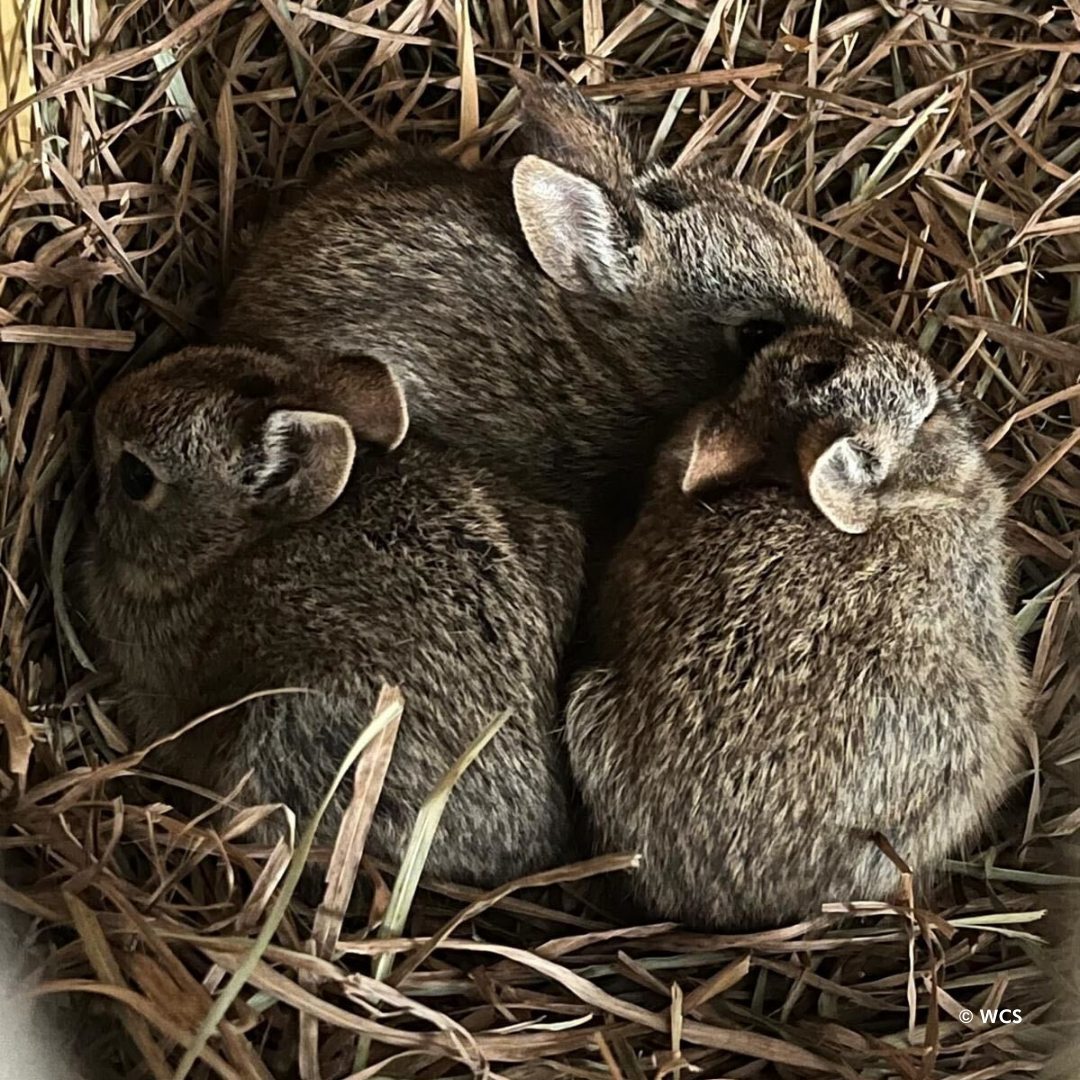- The conservation status and biology of the New England cottontail rabbits.
- The role of Queens Zoo and Roger Williams Park Zoo in the breeding and reintroduction process.
- Challenges and strategies in the conservation of the New England cottontail rabbit.
- The importance and ecological role of the Puerto Rican crested toad.
- The success and impact of the head-starting program for the Puerto Rican crested toad led by Queens Zoo.
The New England cottontail rabbit is a species with a storied presence in the northeastern United States. Native to the region, this small mammal has experienced a decline in population due to a complex mix of factors, including habitat loss, fragmentation, and competition with the introduced eastern cottontail rabbit. In response, conservationists at Queens Zoo and their colleagues at Roger Williams Park Zoo have spearheaded a robust breeding program to halt the species’ decline and facilitate its recovery.
Understanding the biology and life cycle of the New England cottontail is foundational to appreciating the efforts underway to conserve it. Sylvilagus transitionalis, as scientifically known, is a rabbit of thickets and young forests. Unlike their eastern counterparts, New England cottontails require dense understory for cover, essential for survival. As land use changes have reduced such habitats, the species’ range has retracted dramatically.
Queens Zoo, nestled within the urban setting of Flushing, New York, offers an unexpected beacon of hope for these rabbits. Working in tandem with Roger Williams Park Zoo in Rhode Island, they established a breeding program with a clear target: producing healthy, genetically diverse cottontails for introduction into carefully selected natural environments. The collaborative efforts with state wildlife agencies add a layer of expertise, ensuring that releases are carried out in habitats that offer the rabbits the best chance of survival and population establishment.
The challenges facing the conservation of New England cottontail are multifaceted. Biologists must carefully navigate the genetic considerations of breeding, ensuring that diversity is maintained to prevent inbreeding depression. Habitats must be managed and, in some cases, restored to provide the dense cover these rabbits need for protection from predators and harsh weather. Public engagement and education also play a pivotal role, as support from local communities is crucial for long-term success.
Switching gears from the temperate forests of New England to the tropical climate of Puerto Rico, the Puerto Rican crested toad, or Peltophryne lemur, is another species that has garnered significant conservation attention. Once widespread on the island, this toad’s numbers have dwindled, restricted now to just a few isolated pockets. Habitat destruction, particularly the draining of ponds for developing and introducing invasive species, is the primary culprit in this decline.
Queens Zoo has made pivotal strides in reversing this trend. Through the head-starting program, they have nurtured more than 4,000 Puerto Rican crested toad tadpoles, a remarkable feat representing hope for this amphibian’s future. The program allows these toads to bypass the vulnerable early stages of life in the wild—where they would face the highest mortality—by providing a safe growing environment.
The head-starting program’s implications extend beyond the toads’ mere survival. As amphibians, these creatures play an invaluable role in their ecosystems, acting as predators and prey and contributing to controlling insect populations. Their skin even produces substances that have the potential for medical applications. Thus, the conservation of the Puerto Rican crested toad has significant ecological and potentially biomedical ramifications.
These efforts underscore the importance of animal conservation programs conducted by institutions like Queens Zoo. The successful breeding and reintroduction of the New England cottontail rabbit and the Puerto Rican crested toad are a testament to the dedication and expertise invested in safeguarding the biodiversity with which our world is graced. Each action taken, be it the careful monitoring of habitats or the public education on these species, is a step toward ensuring their persistence in the wild.
As these endeavors unfold, the path forward demands rigorous scientific research, adaptive management techniques, and an ongoing commitment to fostering a connection between humanity and the natural world. The stories of the New England cottontail rabbit and the Puerto Rican crested toad are interwoven with the conservation narrative. This narrative speaks to the challenges we must overcome to preserve the planet’s precious and diverse life forms. Through the diligent work of conservationists at Queens Zoo and beyond, hope remains alive for these species and the intricate tapestry of life they represent.
*****
Source Description
Hop into and learn about our New England cottontail rabbits and Puerto Rican crested toads.
Queens Zoo conservationists have bred and reintroduced New England cottontail rabbits for release in suitable habitat areas in several New England states. Through breeding by the Queens Zoo and Roger Williams Park Zoo in Providence, RI, followed by release into the wild in partnership with state wildlife agencies throughout the northeast, we’re working to bolster the populations of these iconic American animals, and help them to establish new colonies in safe habitats.
We have also played a crucial role in the reintroduction of Puerto Rican crested toads, thanks to a head-starting program that has bred and released more than 4,000 tadpoles over the past five years!


